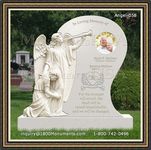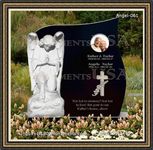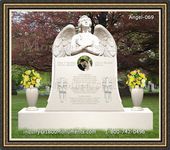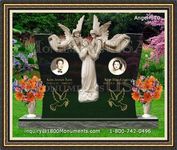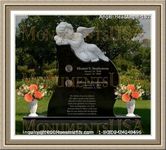|
Basics You Should Expect When Choosing Funeral Flags
There are many situations which require a bit of planning when dealing making final arrangements for someone who has passed away. One of these is that funerary services are often held at a location other than the cemetery where the body is to be interred. To make sure the transition from one facility to another goes smoothly, funeral flags are usually employed.
When mourners travel as a group from one site to another, it is called a burial procession. In some areas this ritual is carried out on foot as the bereaved wall through the streets carrying the deceased's casket or urn, though it is more common in modern times for the parade to be comprised of vehicles. The body is transported in a hearse which leads the line.
The processional line up usually begins with the hearse, which transports the body or remains of the one being mourned. Then comes the limousine, or car that holds the deceased's spouse, parents, children or significant other. Next in order are immediate family members followed by all other vehicles carrying mourners.
Quite often, a police escort is assigned to lead the procession and keep the chain of vehicles unbroken. Other tools, such as banners, may be used to identify members belonging to the group of bereaved travelers to bystanders. There are multiple types of these products that may be utilized for this purpose.
Sometimes, wide ribbons are stretched across the hood of each car, identifying the passengers as in mourning. More commonly used are banners flown from flexible plastic rods attached to an automobile's door window. These may also be found with a magnetic base designed to firmly adhere to the metal or vinyl outside of the vehicle.
Generally speaking, these products are about twelve inches high and use staffs that are flexible to bend, rather than break when stressed. The banners attached to them are usually 6" x 9" and starched for easy viewing. They come in multiple colors, including purple, orange and white, and feature a contrasted cross in the center.
|
|























